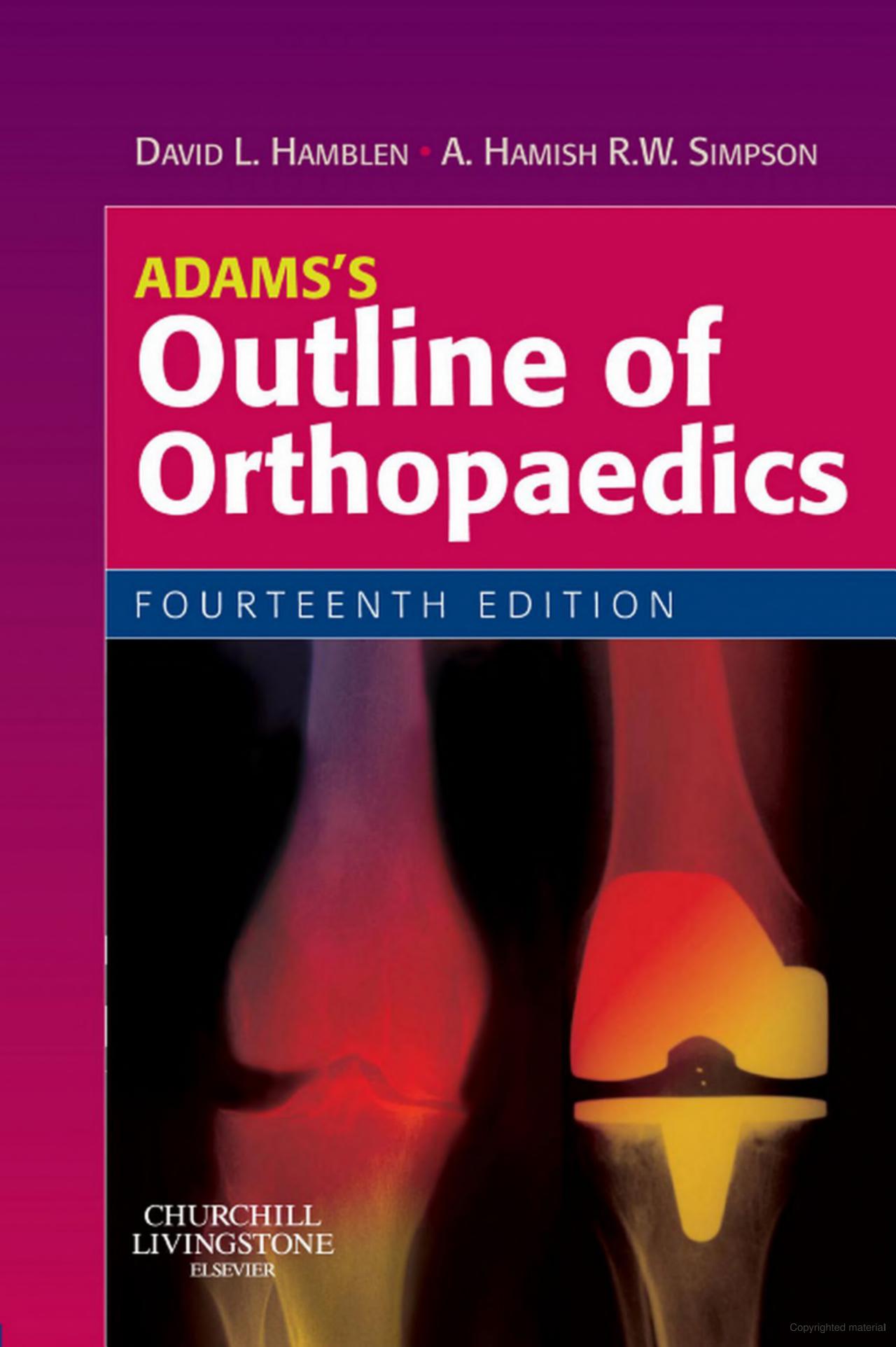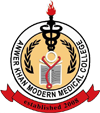Anwer Khan Modern Medical College
Library Management System

| Title: | Adams's outline of orthopaedics. |
| Author Name: | David L. Hamblen and A. Hamish R. W. Simpson. |
| Author Sur Name: | HAMBLEN, David L. |
| Author information: |
|
| Edition/Published: | 14th ed. _Edinburgh : Elsevier , 2010 |
| New to this edition: |
|
|
Physical Description: : <p>viii, 485 pages : illustrations (some color) ; 24 cm</p>.; |
| Notes | Includes index |
| Includes Index: | P.467-486 |
| ISBN No's: | 978-0-7020-3060-4 , 978-0-7020-3060-4 , , 978-0-7020-3060-4 |
| Bar Code's: | , , , |
| Shelf Location's: | , , , |
| Classification | |
| Subject: | Orthopaedics |
| Dewey Class No: | 617.3 |
| LC Classification: | RD731.A35 |
| Other's Book Information | |
| Book ID No: | 2068 , 2069 , 1813 , 1814 |
| Total Books: | 4 |
| Date of collection's: | 29-Jan-2017 , 29-Jan-2017 , 28-Nov-2025 , 01-Nov-2016 |
| Donation / Purchase: | Purchase |
| Language: | English |
| Status: | Available |
| Department: | Orthopaedic Surgery & Traumatology |
| Synopsis: |
|
| Review: |
|
| Description: |
|
| Key Features: |
|
| Summary: |
Adams’s outline of orthopaedics has come to be regarded as a classic textbook and is particularly well known for its lucid writing style. For this new Fourteenth edition the content has been revised and updated throughout, with particular attention to imaging and its role in diagnosis and treatment of orthopaedic conditions. The textbook is suitable for medical students, those at the start of orthopaedic training nurses and physiotherapists. |
| Abstract: |
This is the 14th edition of Adam's Outline of Orthopaedics, a classic textbook first published in 1956. This edition was published in 2010 and is the first edition not directly overseen by John Crawford Adams, though he contributed an introductory note. The organization of the book remains largely the same, with the first part covering general principles of diagnosis and treatment and the second part surveying orthopedic disorders. The third part addresses regional orthopedic issues. The authors have managed to extract the essentials of each condition while still providing enough detail for important and life-threatening diseases. A new chapter on imaging was contributed by Dr. Nigel Raby. Overall the book provides an up-to-date yet concise overview of orthopedics suitable for undergraduate students up to the registrar level. The text has been carefully revised while still retaining the clarity and focus of previous editions. The reviewer notes that the book has only increased by 60 pages despite the rapid expansion of orthopedics, highlighting the authors' adherence to the essentials. The illustrations are of good quality overall. In summary, the 14th edition of Adam's Outline of Orthopaedics provides a comprehensive yet concise account of orthopedics, updated with the latest information while maintaining the clarity and focus of previous editions. |
| Preface: |
The invitation to produce a new edition of such a well-established textbook as |
| Content: |
Introduction-1 Pathology of fractures and fracture healing-3 Clinical and radiological features of fractures-20 Principles of fracture treatment-29 Complications of fractures-52 Special features of fractures in children-74 Osteoporosis and fragility fractures-79 Joint injuries-86 Cervical spine-92 Spine and thorax-108 Paraplegia from spinal injuries-122 Shoulder and upper arm-131 Elbow and forearm-162 Wrist and hand-190 Pelvis and hip-211 Thigh and knee-238 Leg and ankle-266 The foot-298 Further reading-313 Index 31 |
